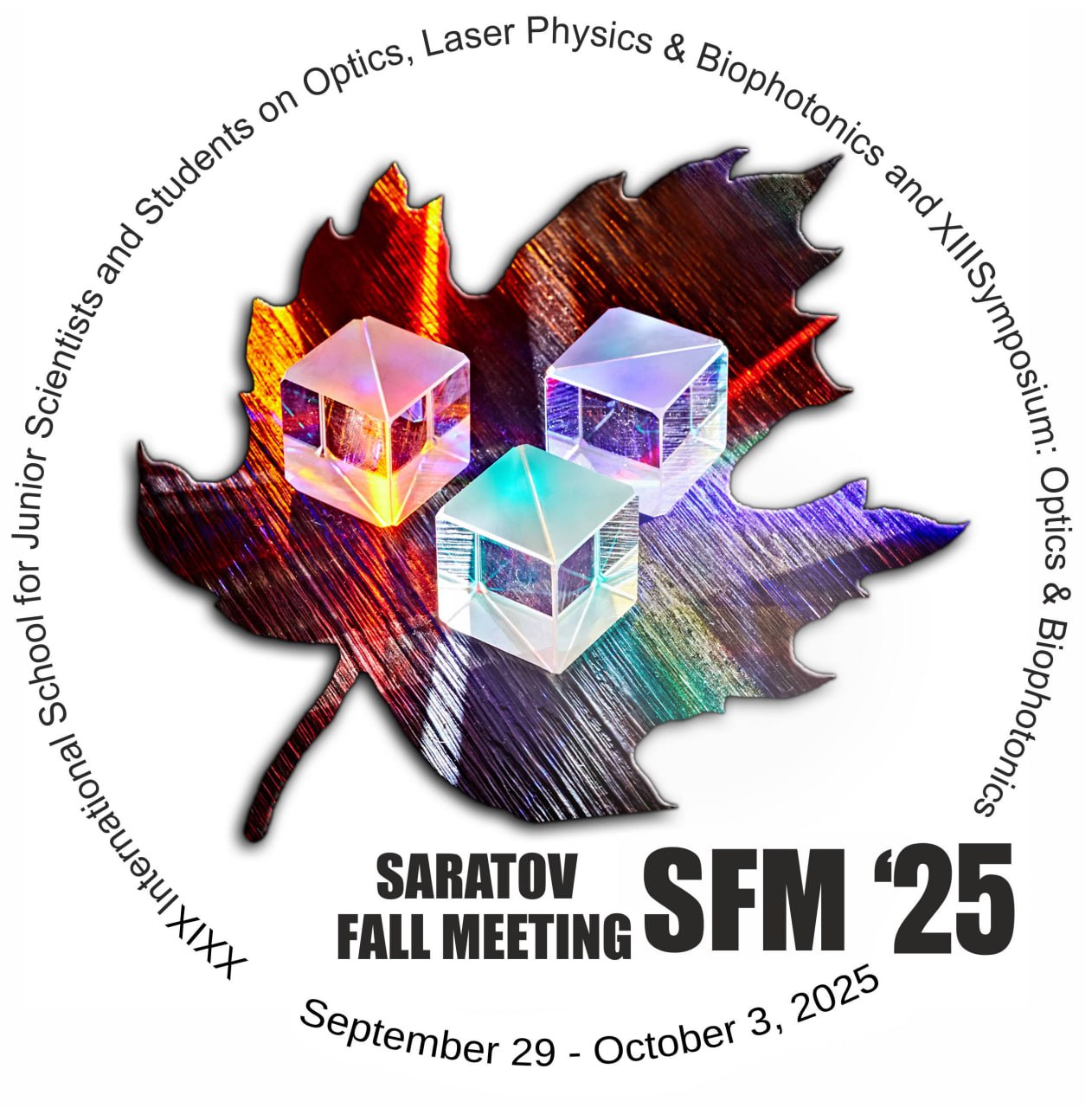Using chitosan aspartate for optical glass clearing
Olga S. Ushakova, Anna B. Shipovskaya
Chair of Polymers, Saratov State University, Saratov, Russian Federation
Abstract
The optical properties and surface morphology of thin-film glycerohydrogel sol-gel plates based on chitosan L- and D-aspartate (CS·L-(D-)AspA) were studied using collimated light scattering and atomic force microscopy. The sol-gel plates were found to absorb probe radiation in the near UV, visible and near IR spectral regions. The silicon polyolate (sol-gel network) and glucomannan (structuring network) included in the plates are both absorbing and scattering components, while CS·L-(D-)AspA (ionic network) is only an absorbing one, but with a high transmittance (close to unity) of incident light. It was also found that films of individual CS·L-AspA and CS·D-AspA demonstrated the effect of optical clearing of the glass substrate in the region of 300–320 nm. The morphostructure of the surface of our glycerohydrogel sol-gel plates is characterized by a complex needle-like relief. The scale of roughness decreases with a decrease in the content of chitosan aspartate in the glycerohydrogel system. The studied thin sol-gel plates based on chitosan L- and D-aspartate are promising for use in medical and biological applications, e.g., in optical bioimaging in situ and in vivo of cellular and organismal bioobjects and dynamic biological processes, as well as optical diagnostics and therapy, selective UV sterilization of biotechnological products, etc.
Speaker
Olga Sergeevna Ushakova
SSU, Institute of Chemistry, Chair of Polymers
Russian
Discussion
Ask question


